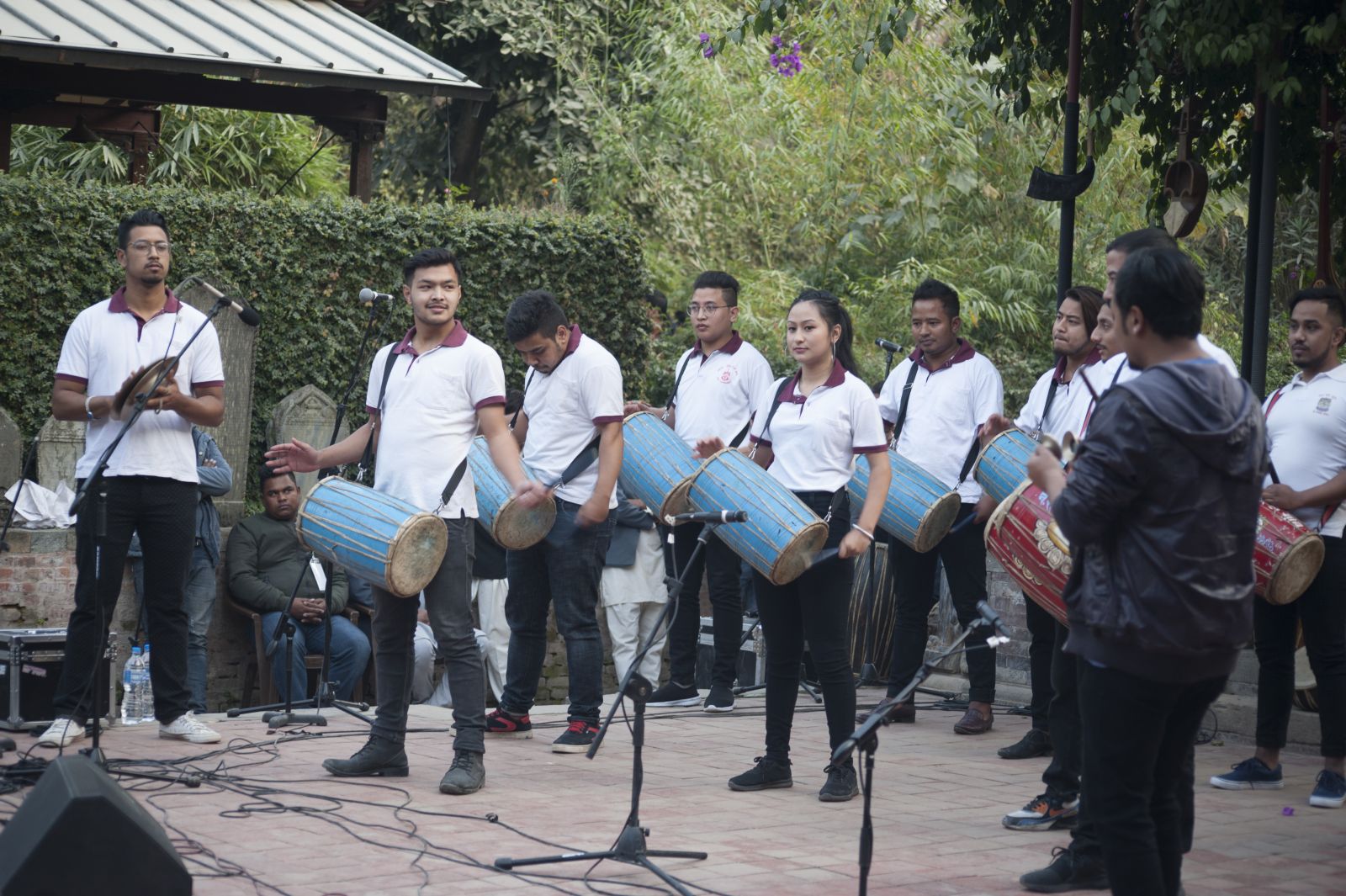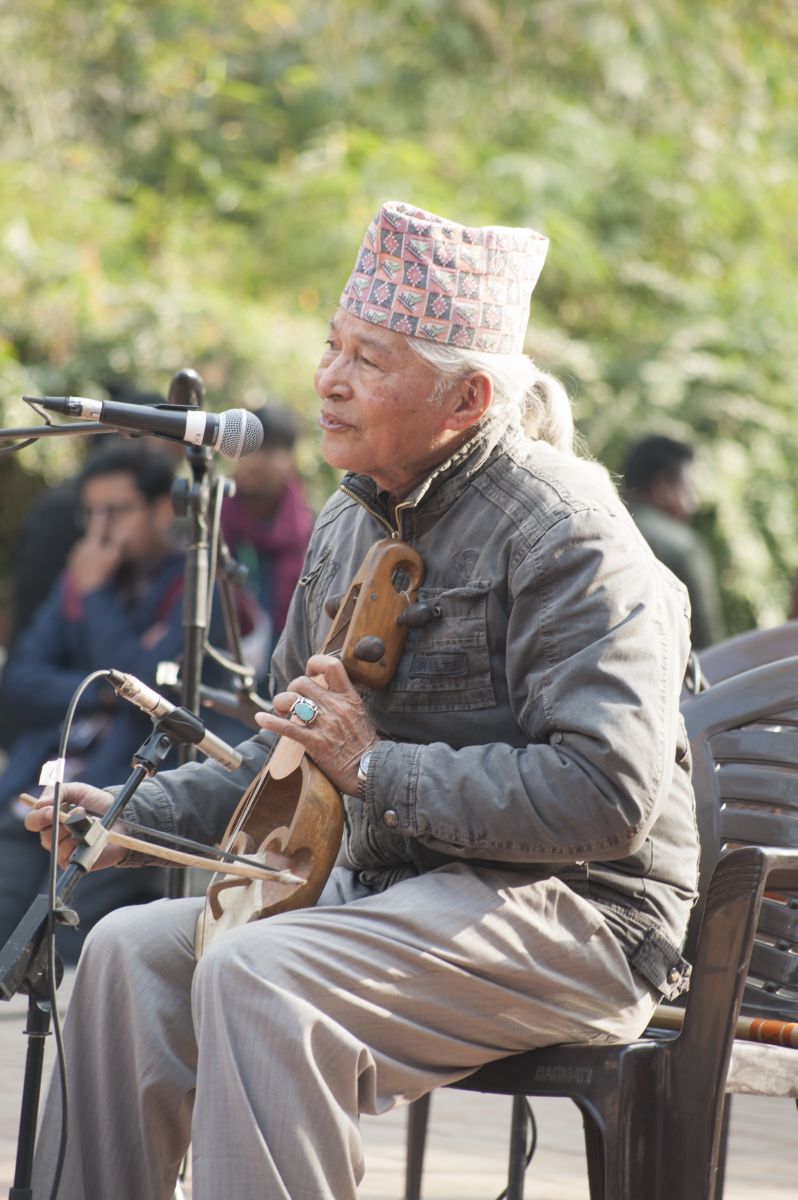Patan Durbar Museum, for me, has always been a gateway to travel to the glorious ancient times of Nepal. Being surrounded by the national treasure of art and architecture of the valley; the small windows, intricate 
With the aim of providing a platform to sarangi players ((the sarangi is a bowed, short-necked string instrument), Jamarko was introduced in 2016 by Project Sarangi, an organization dedicated to the preservation and promotion of indigenous Nepali folk music craftsmanship. “Our initiative aim was to promote and revive the sarangi only, but after seeing the scale of genuine audiences who came to see the performances due to their love of folk music, we decided to further establish a program that features as many folk music instruments as possible,” says Kiran Nepali, founder of Project Sarangi. This year, the event ‘Jamarko’ evolved into ‘Jamarko Jatra’, a folk music festival that brought together artists of diverse cultural backgrounds and areas, and celebrated the traditional instruments that reflect on the people, their culture, and the everlasting beauty of Nepal.
Instruments such as jhyali, dhabaja, khein, bansuri, naykhi, madal, tungna, panchebaja, sarangi, muyali, and damaru were played at the show. It was indeed a rare sight to come across a concert based on folk instruments of Nepal. Coming from a musical background myself, the tunes of these unspoken and hidden musical instruments touched me in a way I wasn’t expecting, but was grateful for. Jhyali is a percussion instrument that delivers the shrill sound to the whole performance, making it more spirited. Unlike most percussion instruments around the world, the jhyali is played by rubbing the plates, with the right hand rising and the left hand descending at the time when they clash. It is made of panchadhatu (five kinds of metals).

The traditional Newari bands, Asan Baajan Guthi, Tebaha Gunla Baajan Khala, and Tamrakar Gunla Baajan Khala, along with Kiran Nepali, came together to collaborate with Project Sarangi and presented a beautiful musical collaboration of dhabaja and sarangi. The rhythmic beats of dhabaaja complimented the melodious sarangi so well; I was awestruck. Dhabaja is mainly played on various Newari jatras (festivals), but I would have never guessed how well it sounds along with the sarangi tunes. The groups of musicians included both male and female young people. It was a delight to see these fresh performers not ignoring our rich art and culture, despite the popularity of Western music, and actually making an effort to learn our traditional instruments.

Jamarko Jatra proved to be a festival for showcasing the skills of young musicians working with folk musical instruments, and also an opportunity for music enthusiasts to be able to listen to home-grown music. The success of the event was greater than the team had expected, as they brought out a crowd of around twenty-one hundred people who were there just for the good music. With art and music, both new and old, this creative festival, in just a day, made many think about the importance of our heritage and traditions, and revived a feeling of patriotism, along with the unheard notes of Nepali instruments.










